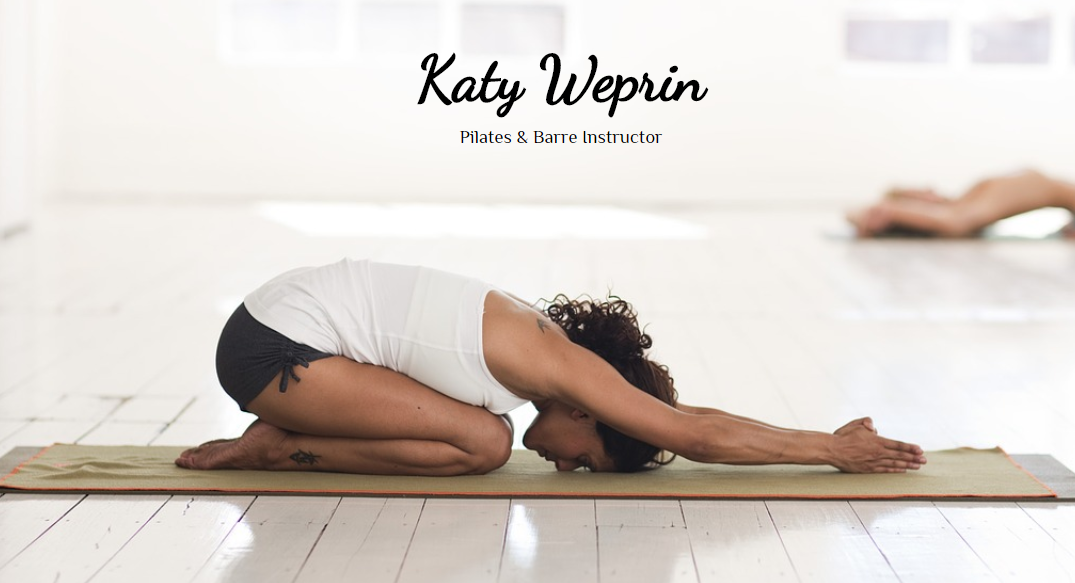Pilates Site
 Technologies: Bootstrap JavaScript Heroku
Technologies: Bootstrap JavaScript Heroku
Overview
This site was one of the first websites that I was asked to build. The client had been teaching classes for years and decided that she wanted another avenue for clients to connect with her.
The Design Process
We met remotely and discussed how she would like her website to feel and if there were any websites that she felt inspired by, so I could get an idea of her sense of style. Ultimately, she wanted a website that was light, crisp, and hollistic with plants. We met a few times remotely. My initial presentation was a good start, but it was too heavy in plant images and needed more balance. The second presentation, the website was too dark and felt “corporate” which wasn’t quite the way she wanted her brand to portray despite being in the market for corporate classes. The third time we met, I presented her with a site better balanced with splashes of pink, beige, green, and using the plant images that she liked.
The Code Process
This site is built in Bootstrap, so using the syntax from their library was critical to mobile responsiveness in the html files. When working with the CSS files, I used gradients, opacity, and a fixed background attachment to give the site color for branding and to make it visually appealing, but not too much where it is distracting from the message. Also, when it came time to adding a subscription form, I used Formspree.io, which uses a capcha to decrease spam. Thereafter, I learned how to host a static website on Heroku and that you can name part of the url provided it isn’t already taken.
Key Takeaways
- I would recommend being prepared with a few templates to present to a client that you have personally coded for any “quick projects.”
- Also regarding any quick projects, I would advise the client to have a file of images, content, logo, and anything else they want on their site ready.
- Know ahead of time if your client wants you to maintain their code or if they want to use a CMS to update their own site after it is live and running.